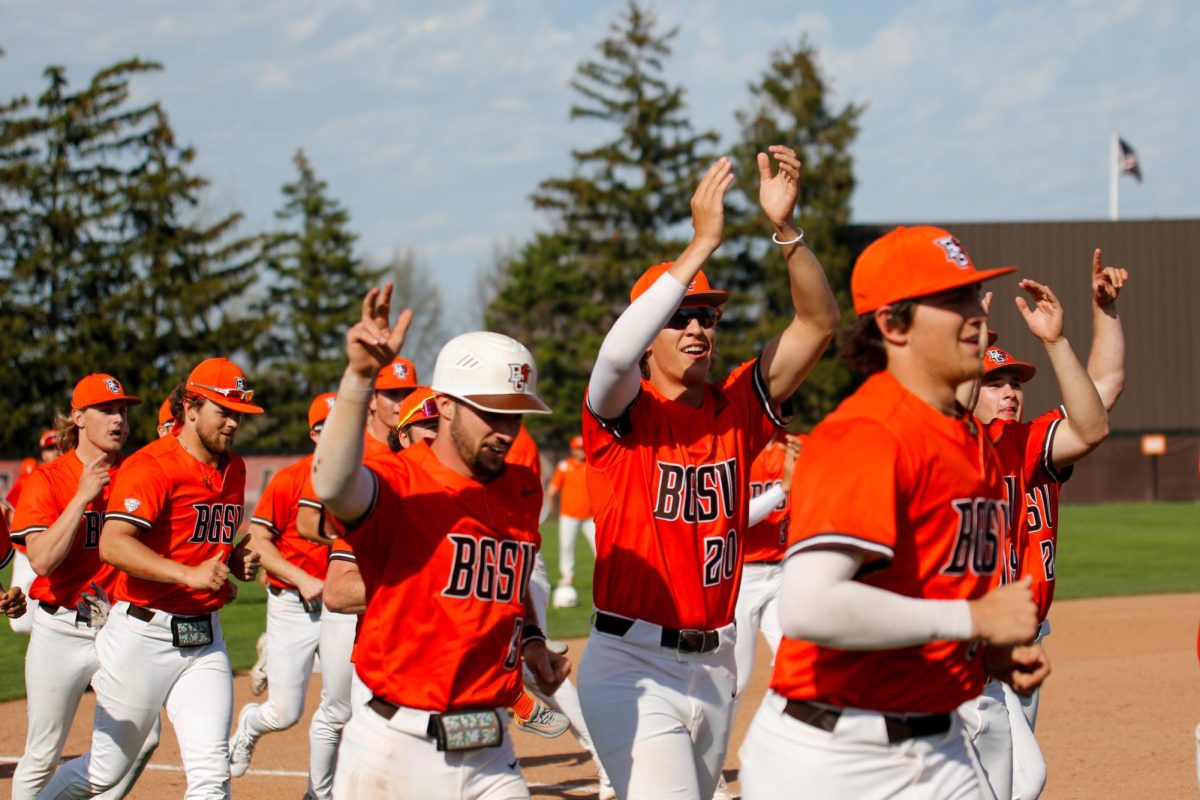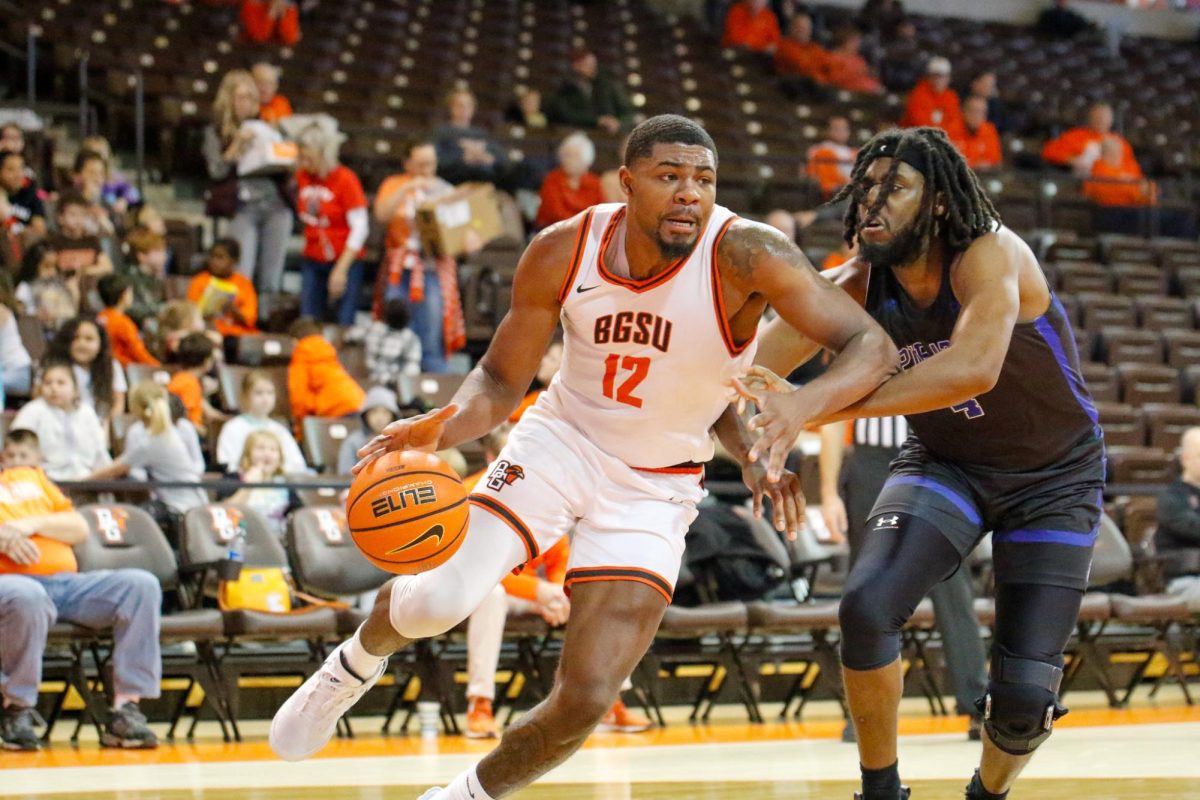For starting pitchers Brennan Smith and Matt Malewitz, pitching a baseball game begins long before they step onto the mound. Far before the season starts, in the offseason, the pitchers start practice out by stretching and doing calisthenics. After they are good and stretched out, they begin to throw to warm-up some more. On certain days in the offseason, some pitchers will throw ‘bullpen sessions’ to the catchers to work on different pitches and their locations. Once the throwing and pitching is done for the day, running and conditioning-perhaps the most important aspect of being a pitcher-begins. The running can be a combination of many different things on different days. Some days, the pitchers do agility work with jump ropes and cones, and other days they do a lot of sprints of different yardages and long distance running. But this is no lackadaisical running. Everything the pitchers do is timed. ‘The most important day is when we run the mile in under six minutes,’ Smith said. ‘If we don’t get it then we have to come in the next morning and try it again. Everyone made it their first time this year, though.’ Smith, who is 6-3 on the season with a 2.50 ERA, is the Falcons’ number one starter. In the offseason, he worked hard on improving his pitching game and it has definitely paid off. ‘I usually try to work on weaknesses and improve my strength in the offseason,’ Smith said. ‘Last summer, I did a lot of lifting and running to get stronger. I did a lot of long tossing to improve my arm strength and tried to work a lot on my off speed pitches.’ All this work done by Smith and Malewitz, as well as the other pitchers in the Falcons’ rotation, was done before baseball season even started. When the season begins, a lot of the same throwing, running and conditioning stay the same, but some aspects of it change. On a day Smith and Malewitz are starting, they both begin their warm-up routines at least 30 minutes before the game starts by doing some light running, stretching out their entire bodies and then throwing-moving back until its eventually long toss-until their arms are loose. After they are loose, they head to the bullpen 10-15 minutes before the game starts to begin throwing off the mound in front of pitching coach Rick Blanc, a coach Smith and Malewitz both pay very close attention to. ‘Coach (Blanc) really helps me in the bullpen when I am warming up and tells me what I am doing wrong on certain pitches and how to correct it,’ Smith said. ‘He also goes through the other team’s lineup with me before the game and tells me what the hitters like to do and how to pitch to them.’ Smith finds this very helpful to the pitchers, and Malewitz (2-1, 3.88 ERA) does, too. ‘Coach Blanc is extremely important,’ Malewitz said. ‘He will do anything he can to help fix issues in each pitcher’s mechanics and he will remind the pitcher what they did wrong on a pitch if they made a mistake on it. ‘He also calls the pitches that the pitchers are going to throw during each game and that is very important, too.’ During the first couple games of the season, every pitcher is on a pitch count. In the first and second games of the season, Blanc did not want the pitchers throwing more than 60-70 pitches a game. When BG went to Winter Haven, Fla., during spring break, the pitch count was 80-90 pitches per game. Once spring training was over and the Mid-American Conference games began to start, the pitch count is roughly 150 pitches. ‘Usually when I get to around 100 pitches is when the coaches start asking how my arm feels,’ Smith said. ‘They start getting people loose in the bullpen (at this time.) They usually don’t let me go over 115 pitches.’ Even after throwing 115 pitches, a pitcher’s day of work is not complete. As soon as a pitcher comes off the mound, they begin icing their arm to reduce soreness. For Malewitz, this is a step in the process that can not be skipped. ‘Icing your arm is important because it calms your muscles in your arm down after the work it goes through while you’re pitching,’ he said. ‘I ice for normally 15-20 minutes.’ The day after pitching, the pitchers run a lot (usually 20 poles or more, which is foul pole to foul pole on the baseball field,) go through sets of abdominal workouts and numerous shoulder exercises with bands. It’s a long process, but pitching wins baseball games. All the hard work and dedication to pitching in the offseason has paid off for Smith and Malewitz this season.
Latest Stories
- Bowling Green’s DJ Smith enters the transfer portal
- BGSU baseball at KSU series preview: Falcons head back on the road to battle Kent State
- Former BGSU men’s basketball guard Marcus Hill transfers to NC State
- BGSU women's golf falls short at the MAC Championship
- Former BGSU men’s basketball player Rashaun Agee transfers to USC











